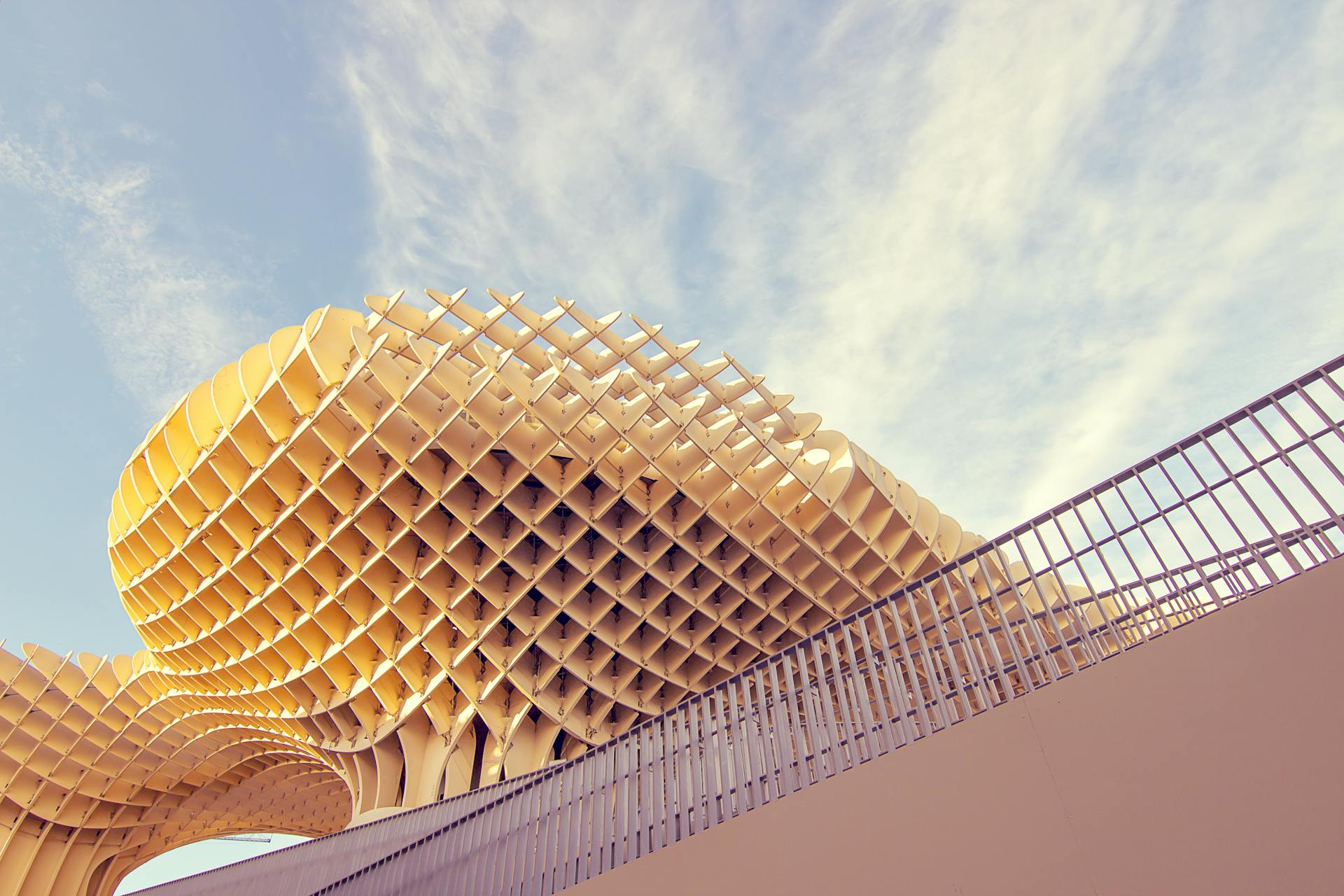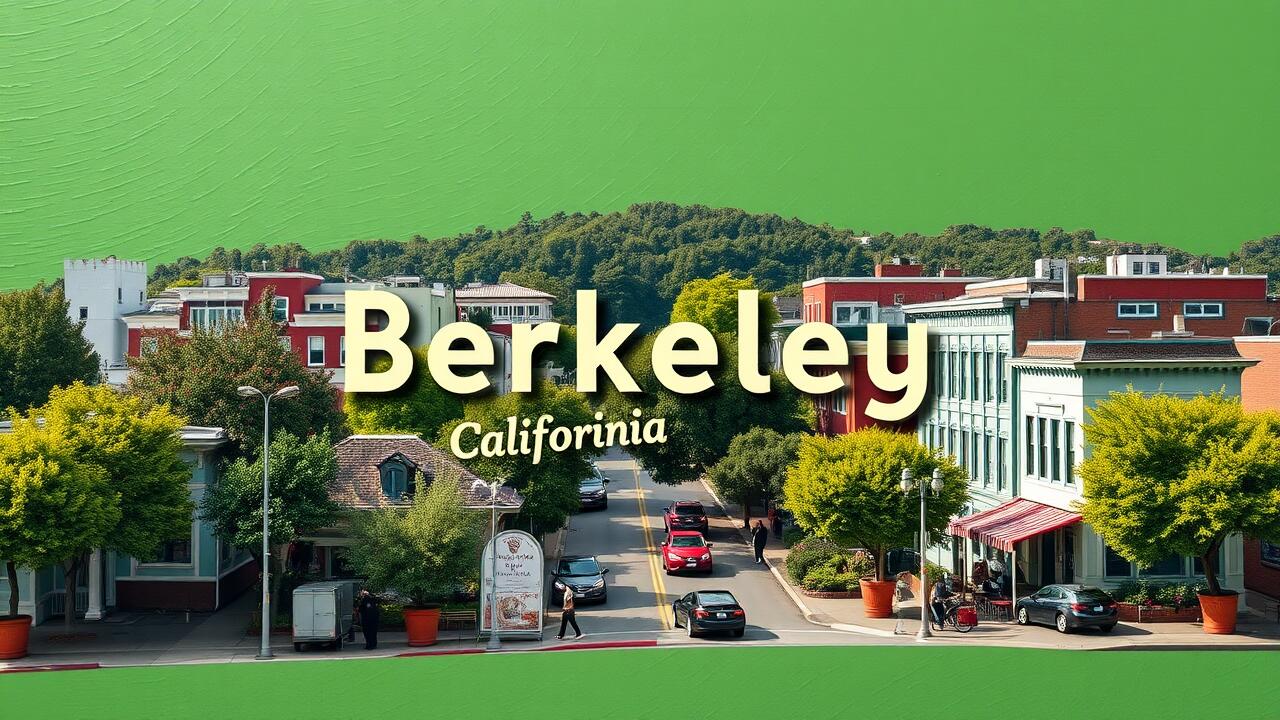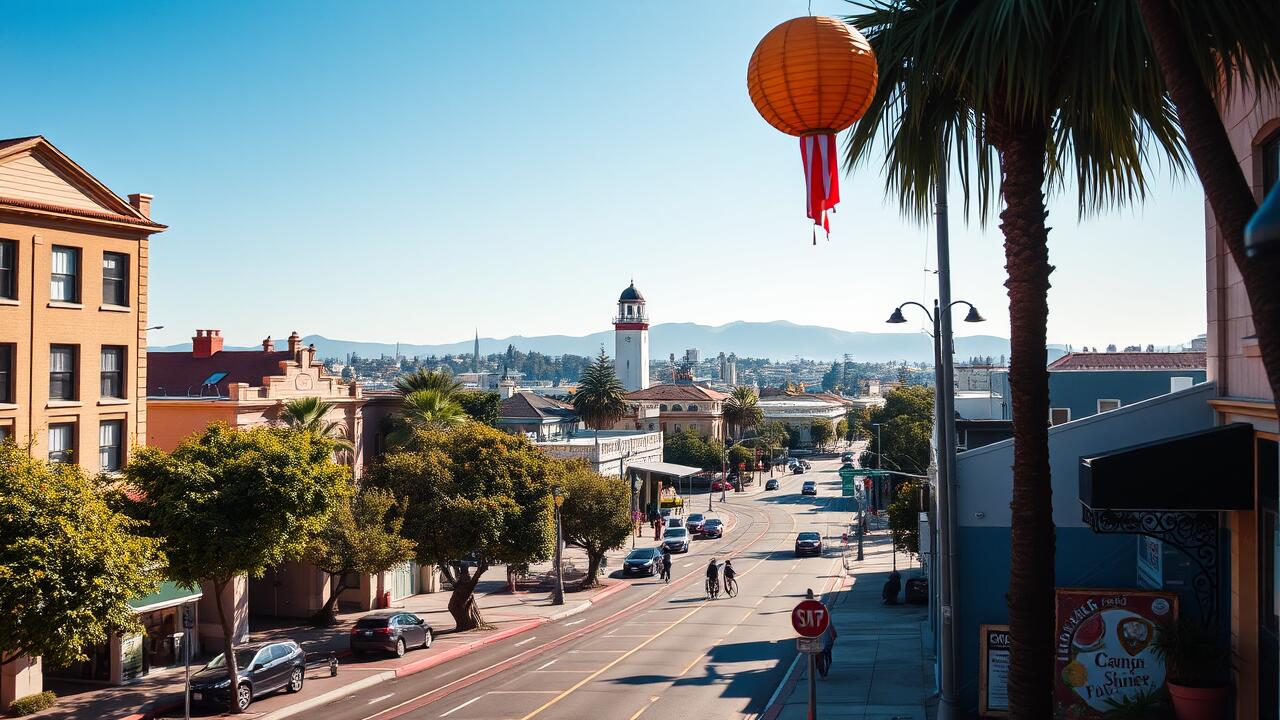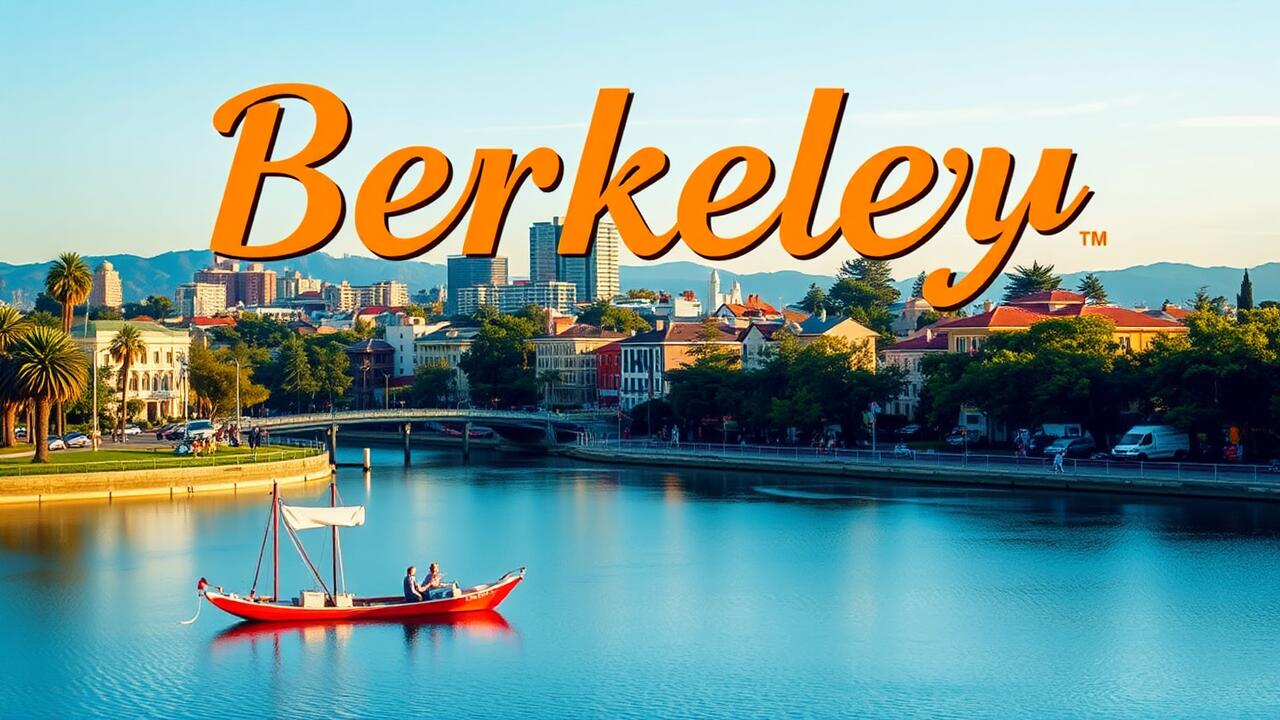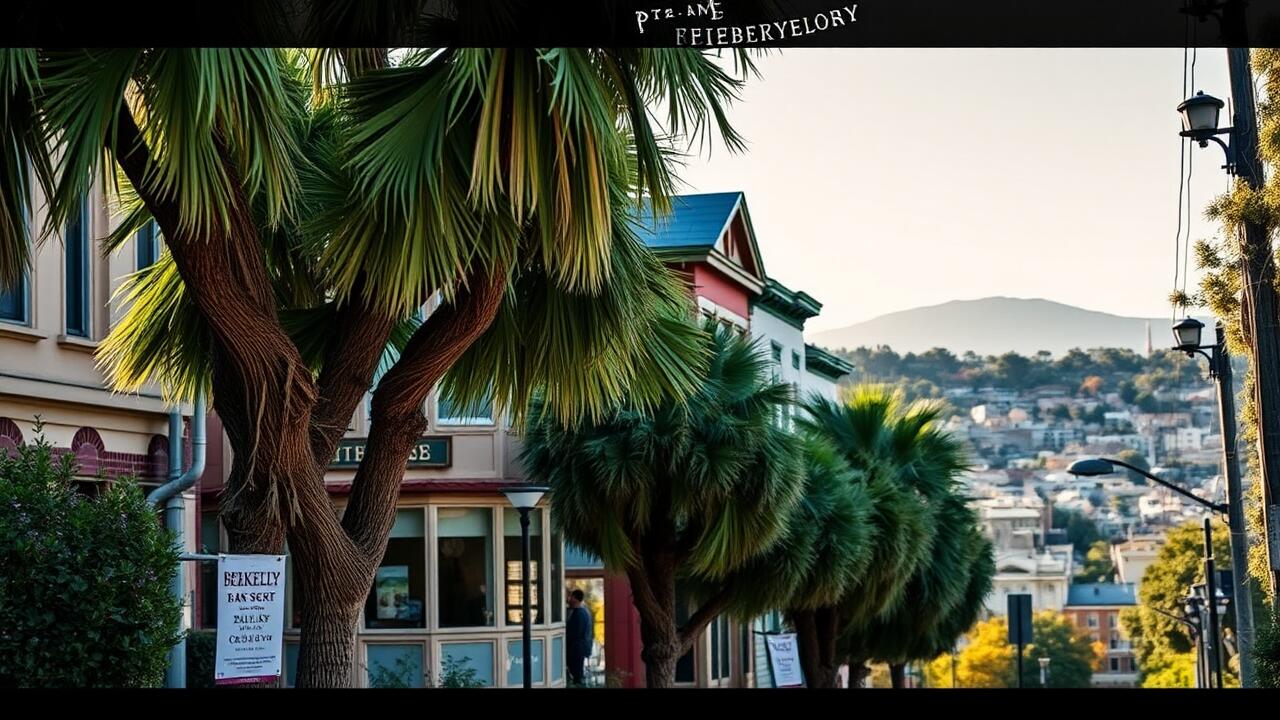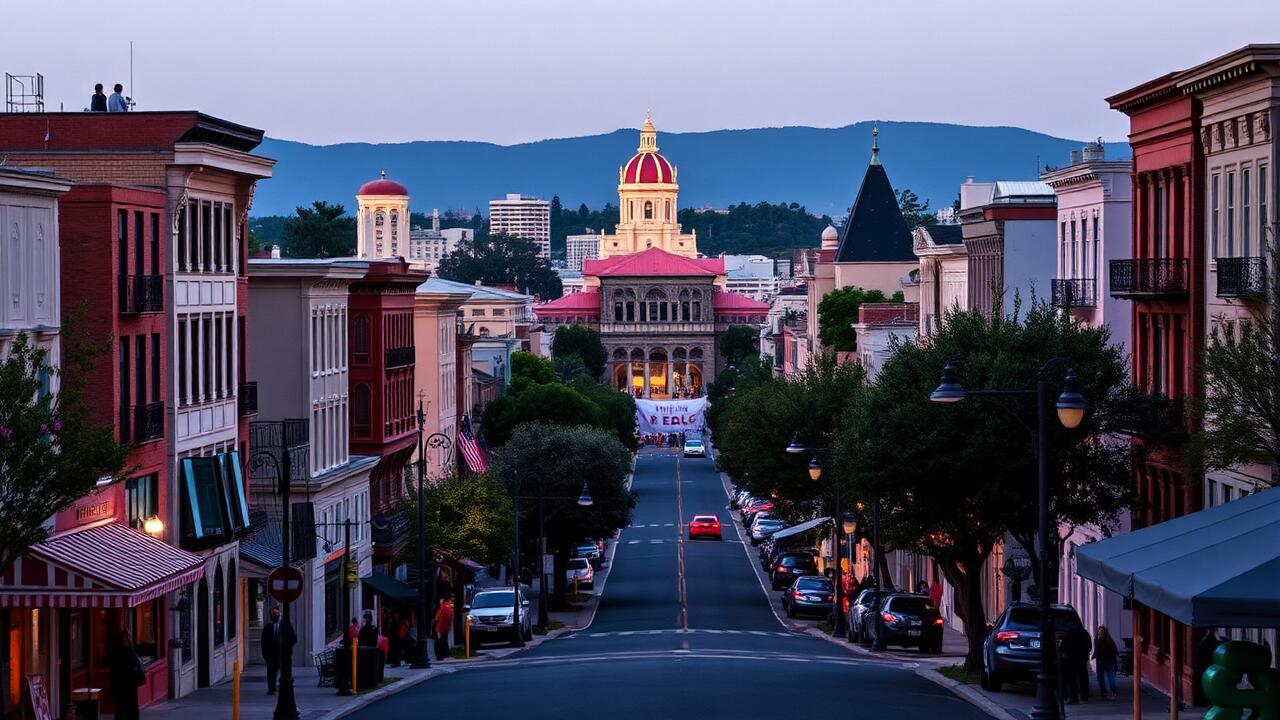Ah, Berkeley—a vibrant tapestry of transportation that dances to the rhythm of its eclectic residents and curious visitors alike. Here, the city unfolds like a well-worn map, inviting all manner of travel: from leisurely strolls on sunlit sidewalks to exhilarating rides along dedicated bike lanes that weave through urban green spaces. The streets are not just thoroughfares; they’re arteries pulsating with life, beckoning pedestrians and cyclists toward sustainable commuting adventures.
And let’s not overlook the bus routes—oh no! They stretch across the landscape like veins carrying commuters toward their destinations with remarkable efficiency. As for BART? It stands as a gleaming gateway to neighboring cities, offering a swift passage reminiscent of an expressway into a realm of possibilities.
Yet it’s accessibility that truly marks Berkeley’s transport infrastructure as commendable. Significant investments have blossomed here, ensuring public transit is inclusive for everyone—including those who navigate life with disabilities. Picture low-floor buses gliding effortlessly in and out of accessible stations—each element meticulously designed to enhance mobility for all adventurers embarking on this urban journey.
But wait! There’s more beneath the surface: ongoing initiatives aim at boosting transit frequency and reliability, striving tirelessly to alleviate congestion while nudging citizens toward embracing public transport options more fervently than ever before—all harmonizing with Berkeley’s unwavering pledge towards environmental sustainability. So hop aboard this intricate network; adventure awaits at every turn!
Public Transit Options and Accessibility
Berkeley boasts an impressively intricate public transit network that weaves together the lives of both locals and visitors, threading through the city’s vibrant tapestry and reaching out into the broader Bay Area. At its core lies the Bay Area Rapid Transit (BART) system—an essential artery pulsating with movement, seamlessly connecting commuters to San Francisco and other pivotal locales in this dynamic region.
But wait! There’s more! The AC Transit bus system unfurls a web of routes crisscrossing Berkeley, ensuring that vital destinations like shopping hubs, educational institutions, and recreational hotspots are never too far away. Accessibility? Oh yes! This city has rolled out the red carpet for all by integrating thoughtful features within its transit options to cater to individuals with disabilities. Picture this: bus stops adorned with wheelchair ramps glistening in the sunlight, while audio announcements echo gracefully through stations—a symphony of inclusivity!
In essence, Berkeley’s relentless pursuit of enhancing transit services not only bolsters mobility for its residents but also champions public transportation as a green alternative to individual driving. It’s a dance between convenience and sustainability—one that invites everyone to join in on this urban journey.
Neighborhoods of Berkeley
Berkeley, a vibrant mosaic of neighborhoods, bursts with distinct characteristics and community vibes that captivate the senses. In the northwestern realm lies the lively commercial hub of Telegraph Avenue—an eclectic playground teeming with an assortment of quirky shops, tantalizing restaurants, and cultural landmarks that pulse with life. Meanwhile, South Berkeley unfolds as a harmonious blend of residential charm intertwined with lush green spaces—an irresistible allure for families and nature lovers who crave both comfort and connection to the outdoors.
Each neighborhood serves as a thread in Berkeley’s intricate urban tapestry, rich in history and brimming with progressive spirit. Take Southside, for instance—a bustling enclave buzzing with youthful energy from its proximity to the University of California, Berkeley; here’s where students thrive amidst an atmosphere charged with ambition. Conversely, Elmwood emerges as a bastion of tranquility—a refined sanctuary offering quaint boutiques and upscale dining experiences that beckon those seeking serenity amid sophistication.
This kaleidoscope of communities not only defines what it means to be Berkeley but also invites residents and visitors alike to immerse themselves in its multifaceted culture while discovering diverse living environments tailored to myriad lifestyles.
Distinct Areas and Their Characteristics
Berkeley unfolds like a vibrant tapestry, each neighborhood a thread woven with its own peculiar charm and cultural flair. North Berkeley, with its charmingly crooked streets and the legendary Gourmet Ghetto, buzzes with life—a delightful mix of cozy homes nestled among lively eateries. Here, food lovers and families mingle in an inviting embrace of community spirit.
But venture southward, and you’ll find South Berkeley exuding a different vibe altogether—more relaxed, yet rich in social hues and cultural diversity. This area pulses as a nucleus for various communal happenings and events that celebrate the kaleidoscope of life.
Then there’s Downtown—a bustling nerve center where business meets artistic expression. Trendy boutiques beckon shoppers; eclectic restaurants serve up culinary delights; art venues pop like fireworks against the urban backdrop—all feeding into Berkeley’s ever-evolving cultural narrative. And let’s not overlook those serene hills! They cradle peaceful residential pockets offering breathtaking views—a retreat from the hustle yet still close enough to feel connected to city rhythms.
Each distinct locale plays its part in shaping Berkeley’s unique identity, crafting an intricate mosaic that enchants both residents and visitors alike—an alluring destination layered with stories waiting to be discovered.
| Neighborhood | Characteristics | Cultural Highlights |
|---|---|---|
| North Berkeley | Charming streets, vibrant community | Gourmet Ghetto, community events |
| South Berkeley | Relaxed atmosphere, cultural diversity | Local festivals, cultural gatherings |
| Downtown Berkeley | Business hub, artistic expression | Boutiques, eclectic restaurants, art venues |
| Berkeley Hills | Serene residential pockets | Breathtaking views, peaceful retreats |
Cultural Attractions in Berkeley
Berkeley is a vibrant mosaic of cultural attractions, each piece reflecting the city’s rich and varied heritage. Picture this: a cornucopia of museums and art galleries scattered throughout, serving as stages for both seasoned maestros and budding creators alike. The Berkeley Art Museum and Pacific Film Archive? They’re not just institutions; they’re treasure troves brimming with visual delights and cinematic gems that span the spectrum from contemporary marvels to historical masterpieces. And let’s not overlook the UC Berkeley campus—its halls echo with noteworthy collections and exhibitions, solidifying its status as a veritable cultural epicenter.
But wait, there’s more! The city pulsates with life through an array of cultural programs and events that invite community engagement like never before. Local theaters come alive, showcasing performances that cater to every whim—from avant-garde spectacles that challenge convention to cherished traditional plays that resonate deeply. Festivals burst onto the scene throughout the year, shining a spotlight on local talent while celebrating cultural significance in all its forms, attracting eager crowds from near and far. This dynamic artistic landscape doesn’t merely enrich residents’ lives; it beckons visitors who are hungry for a taste of Berkeley’s unique creative spirit—a true feast for the senses!
Museums and Art Galleries
Berkeley, a vibrant tapestry of creativity, bursts forth with an eclectic mix of museums and art galleries that beckon to every conceivable interest. The Berkeley Art Museum and Pacific Film Archive (BAMPFA) shines brightly as a beacon among them, an esteemed institution where contemporary visions dance alongside the whispers of historical masterpieces. This duality—a marriage of visual artistry and cinematic wonder—gives rise to programming that captivates both die-hard aficionados and casual wanderers alike.
But wait! There’s more! Venture into the depths of the Museum of Vertebrate Zoology, where education intertwines with exploration in a thrilling study of wildlife. Here, insights into biodiversity spark conversations about conservation efforts, adding rich layers to Berkeley’s already intricate cultural fabric.
Local galleries? Oh yes! They further amplify this artistic symphony with an array of works from both burgeoning talents and seasoned creators. The David Brower Center often shifts its exhibitions like seasons change, spotlighting environmental themes that ignite dialogues on sustainability through captivating visuals. Meanwhile, venues such as Sea Change Gallery challenge the status quo; their contemporary pieces provoke thought and push boundaries in ways that can leave one breathless.
In unison, these diverse institutions and dynamic galleries do more than just preserve—they elevate Berkeley’s artistic legacy. Together they transform the city into an exhilarating nexus for cultural discovery and appreciation where every corner reveals another layer waiting to be explored.
Local Government and Services
Berkeley’s local government pulsates with a fervent dedication to transparency and community engagement, weaving essential services into the very fabric of its residents’ lives. Picture this: a City Council brimming with elected representatives, each one a linchpin in the intricate machinery of decision-making—crafting policies that resonate with the myriad needs of an ever-diversifying populace. It’s not just bureaucracy; it’s a dynamic interplay where various departments—those managing public safety, housing, and public works—harness their unique focuses to address specific community aspirations.
Regular town hall meetings? Oh yes! They’re lively gatherings designed to ignite citizen participation—a vibrant tapestry of voices where concerns can be aired and ideas can flourish, creating an atmosphere ripe for collaborative governance. It’s all about building bridges between officials and residents.
But wait! There’s more than just routine administrative tasks bubbling beneath the surface. Berkeley’s government is on fire with sustainability and innovation, pushing boundaries in service delivery. Think programs that champion environmental stewardship: waste reduction initiatives dancing hand-in-hand with energy efficiency campaigns—all underscoring the city’s unwavering commitment to crafting a greener tomorrow. Resources flow like rivers toward community development projects aimed at revitalizing infrastructure and enhancing public spaces.
This multifaceted strategy doesn’t merely elevate quality of life in Berkeley; it molds community identity while igniting civic pride among its inhabitants—a kaleidoscope of collaboration that reflects what it means to live in this vibrant city!
Structure and Functions of Berkeley’s Administration
In the vibrant tapestry of Berkeley’s governance, a council-manager system weaves its intricate threads. Here, responsibilities dance in a delicate balance: while the City Council crafts policies with deft strokes, the city manager orchestrates the everyday symphony of administration. Picture this—nine elected figures sit upon the council’s stage, inclusive of a mayor who stands at the helm. Their mission? To legislate with purpose, green-light budgets that fuel progress, and be steadfast champions for their constituents’ myriad interests. Each member represents a distinct district—a mosaic ensuring that every community voice echoes through decision-making halls.
Beneath this managerial maestro lies an array of departments and offices—all under the capable wing of the city manager—spanning public works to planning and housing. Together they form a dynamic coalition aimed at breathing life into city policies, preserving vital infrastructure, and delivering services indispensable to daily living. Berkeley’s administrative heartbeat pulses with an unwavering commitment to community engagement; outreach is not just encouraged but celebrated as residents’ insights shape pivotal choices. This ethos cultivates transparency like sunlight breaking through clouds while inviting spirited civic participation in steering local affairs forward!
Community Events and Activities
Berkeley pulses with a kaleidoscopic array of community happenings, each event a vibrant thread in the tapestry of its diverse culture and spirited residents. Picture this: the annual Berkeley Kite Festival, where colorful kites dance against an azure sky, or the Solano Stroll, alive with local artistry and tantalizing food that beckons both locals and visitors alike. These jubilant gatherings don’t just entertain; they weave connections among people of all ages, nurturing a profound sense of belonging.
But wait—there’s more! Throughout the seasons, an abundance of activities springs forth like wildflowers after rain, showcasing Berkeley’s fierce dedication to artsy endeavors, sustainability efforts, and social justice movements. The local farmers’ markets are not merely stalls for fresh produce; they transform into vibrant epicenters for community engagement and enlightening discussions on sustainable living practices. As workshops unfold alongside thought-provoking lectures and family-oriented festivities bubble up throughout the year, Berkeley’s social fabric becomes richer—an ever-evolving landscape brimming with opportunities for connection and discovery within this dynamic community.
Annual Festivals and Gatherings
Berkeley bursts forth with a kaleidoscopic array of annual festivals and gatherings, each one a vibrant thread woven into the rich tapestry of its cultural heritage and community spirit. Take, for instance, the Berkeley Kite Festival—a whimsical spectacle that draws families and aficionados alike to witness an explosion of color dancing against the sky. And then there’s the Berkeley Arts Festival, a veritable celebration where local talent shines in myriad artistic forms, igniting creativity while nurturing deep connections among residents.
But wait! There’s more than just art swirling in this eclectic mix; the city’s culinary scene also takes center stage at events like the Berkeley Farmers’ Market. Here, not only is local agriculture championed with gusto, but sustainable practices and healthy eating are elevated to an art form all their own. In this melting pot of experiences—where inclusivity reigns supreme—one can find gatherings that cater to every conceivable interest and age group. It’s no wonder that Berkeley stands as a pulsating hub for community interaction, alive with energy and diversity!
- Explore the annual Berkeley World Music Festival, showcasing international artists and fostering cultural exchange.
- Attend the Berkeley Jazz Festival, where smooth melodies and talented musicians create an unforgettable atmosphere.
- Participate in the Berkeley Half Marathon, attracting runners of all levels while promoting health and fitness.
- Enjoy the Berkeley Wine Festival, offering tastings from local vineyards and culinary pairings from renowned chefs.
- Visit the Native American Powwow, celebrating indigenous cultures through traditional dance, music, and art.
- Discover the Berkeley Video & Film Festival, highlighting independent filmmakers and their creative works.
- Engage with the Berkeley LGBTQ+ Pride Celebration, fostering community acceptance and inclusion through vibrant parades and events.
Conclusion
Berkeley’s lively tapestry is woven from its eclectic neighborhoods, intricate transportation avenues, and a treasure trove of cultural gems. Both locals and wanderers are swept away by an energetic public transit system—think buses zipping here, trains gliding there—that seamlessly links the city to the vast Bay Area expanse. Each neighborhood pulses with its own distinct vibe, creating pockets of community that collectively shape Berkeley’s unique identity.
But wait! There’s more: Berkeley’s unwavering dedication to arts and culture elevates the local scene to new heights. Picture this—a myriad of museums bursting with stories, galleries showcasing creativity in unexpected forms, and vibrant annual festivals that honor the city’s rich heritage while sparking innovation. The local government doesn’t just tick boxes; it actively champions public participation and cultivates a collaborative spirit among residents, ensuring services resonate with community needs. Through these dynamic threads—transportation networks alive with energy, neighborhoods brimming with personality—the essence of Berkeley continues to flourish as a pulsating hub of inclusivity and vibrancy!
